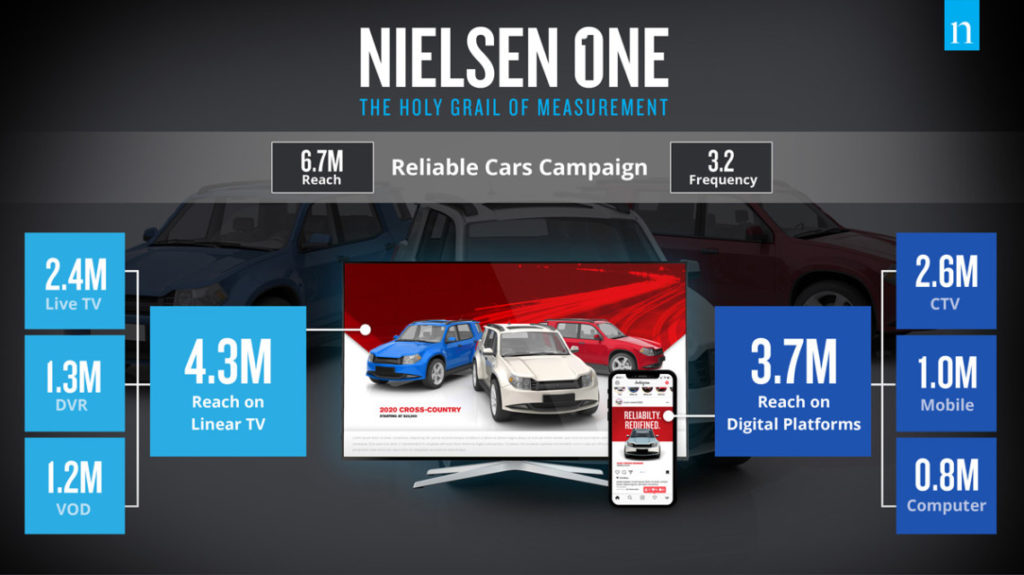
Some of you know that before there was Rock (and Classic Rock) radio in my career, I cut my teeth on audience research. And along the way, I became pretty proficient at breaking down rating books, trends, and new innovations.
Long before becoming program director of WRIF, I was the station’s first research director. And I learned very quickly how to embellish a pretty good rating book, and – more importantly – how to gloss over one that wasn’t so good.
While working at ABC Radio, I served as the company’s rep on the Committee For Local Radio Audience Measurement – better known as COLRAM – an association of broadcasters still vital today.
And in the ’80s and ’90s, I was a regular at Arbitron’s Consultant Fly-Ins – industry events attended by programmers, consultants, researchers, and broadcast executives grappling with the ratings issues of the day – methodology, reporting, innovations – you name it. Jacobs Media also collaborated with Arbitron to co-present our Summits at their events.
So, as you can imagine, I follow the comings and goings at Nielsen very carefully, always trying to glean new information and insights about audience measurement that I can share with our clients – and with you.
So, when an AdWeek email showed up last week, I saw the graphic at the top of this post, followed by an article entitled, “Nielsen Will Overhaul Video Measurement, Creating a Single Cross-Media Offering.”
The headline had me with “overhaul.”
Reading deeper into the history, “Nielsen One” could be the Holy Grail of research measurement as Nielsen is bodaciously branding it. Now, of course, the bad news is that the entire world will be vaccinated for COVID-19 before this innovative ratings platform will be in the marketplace. Nielsen is estimating it won’t be online until the end of 2022. And radio people should curb their enthusiasm, because for now, it’s a tool for those who program and buy television.
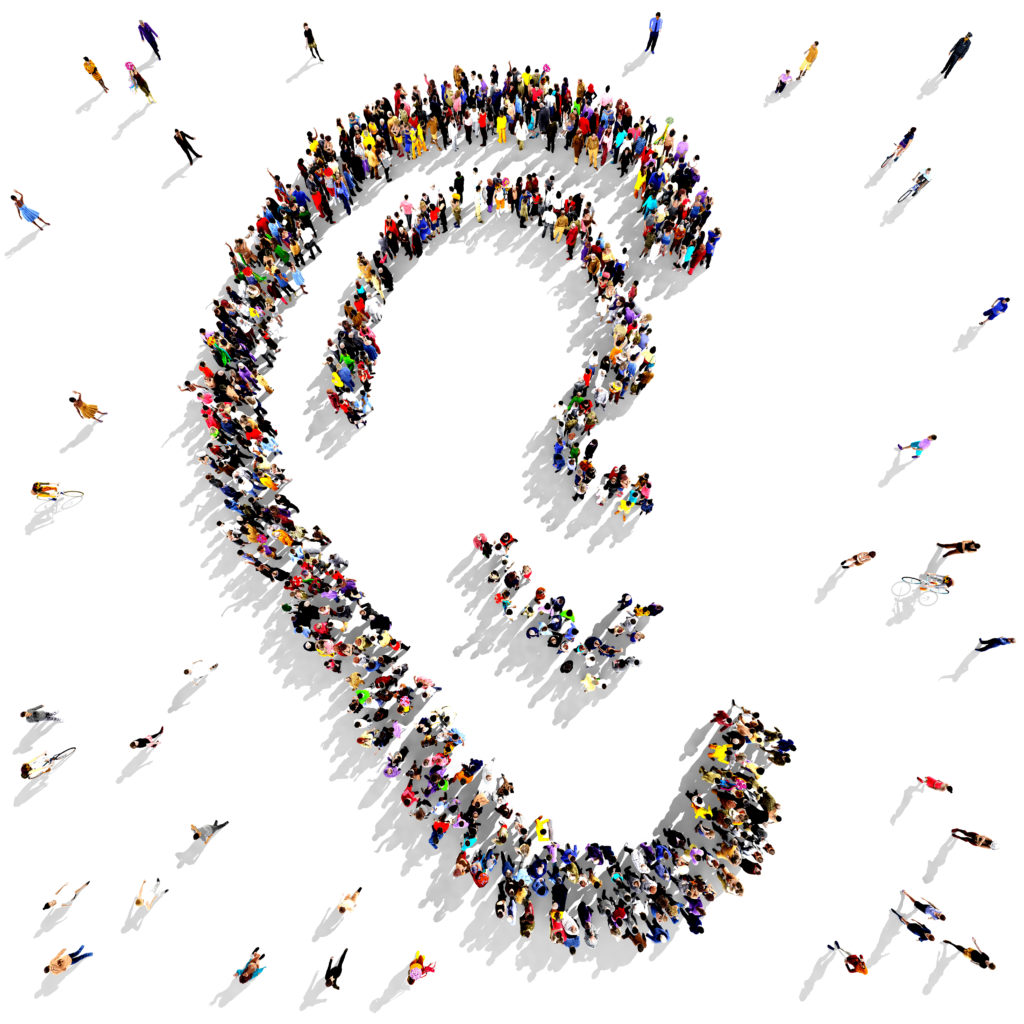 But it’s that idea of a monolithic number that shows a station’s multi-platform performance that is so tantalizing – and up until now, so elusive. Could that mean that audio (radio) is far behind in Nielsen’s development cycle? After all, the “cross media” Nielsen is talking about would include audio, too.
But it’s that idea of a monolithic number that shows a station’s multi-platform performance that is so tantalizing – and up until now, so elusive. Could that mean that audio (radio) is far behind in Nielsen’s development cycle? After all, the “cross media” Nielsen is talking about would include audio, too.
And we also recall that back when Nielsen bought Arbitron in 2013, the PPM technology was a part of that calculus. Here’s the way it was reported in the New York Times:
“One benefit for Nielsen will be access to Arbitron’s Portable People Meter, a small electronic device that records all the radio signals that a person comes into contact with during the day — an innovation that has given the radio business a much more detailed look at its listeners’ habits than ever before.”
That point registered with many of us research-types back when the sale of Arbitron to Nielsen took place. And it now resonates even more in the face of this “Nielsen One” announcement.
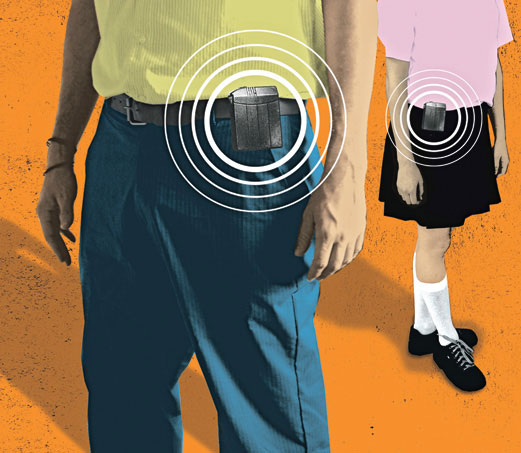
Remember, Nielsen TV measurement has traditionally been facilitated by “set-top boxes” that remain tethered to respondents’ homes.
The PPM device – emphasis on the P for “portable” – allows measurement to take place on mobile devices, as well as media consumption away from home – in restaurants, bars, and other gathering spots.
So, when I started staring at the Nielsen graphic in AdWeek, I couldn’t help but forget about the problems of the moment – a pandemic, an economic meltdown, and a political morass.
Instead, my mind focused on the possibilities of a measurement tool that would break down all types of media consumption – broadcast, digital, cable, OTT, DVRs. In other words, from the standpoints of both content and distribution, anywhere you might consume video.
For advertisers – and after all, they’re the “litmus test” – “Nielsen One” could be a slick, easier way to measure a campaign’s performance. Look a little closer at the illustration, and you’ll see it’s been mocked up to represent a marketing program for an automotive client.
And turning to my thoughts about audio, those same possibilities of measurement would forever change the landscape. The idea of audio ratings encompassing broadcast radio, streaming, satellite, podcasts, mobile phones, smart speakers, TV audio – it would be the Holy Grail of measuring what consumers hear.
It’s a long way off, especially if we wait for the video component to come online. And surely, committees like COLRAM and the Advisory Council will have their respective says about the efficacy of whatever Nielsen proposes, not to mention the price tag.
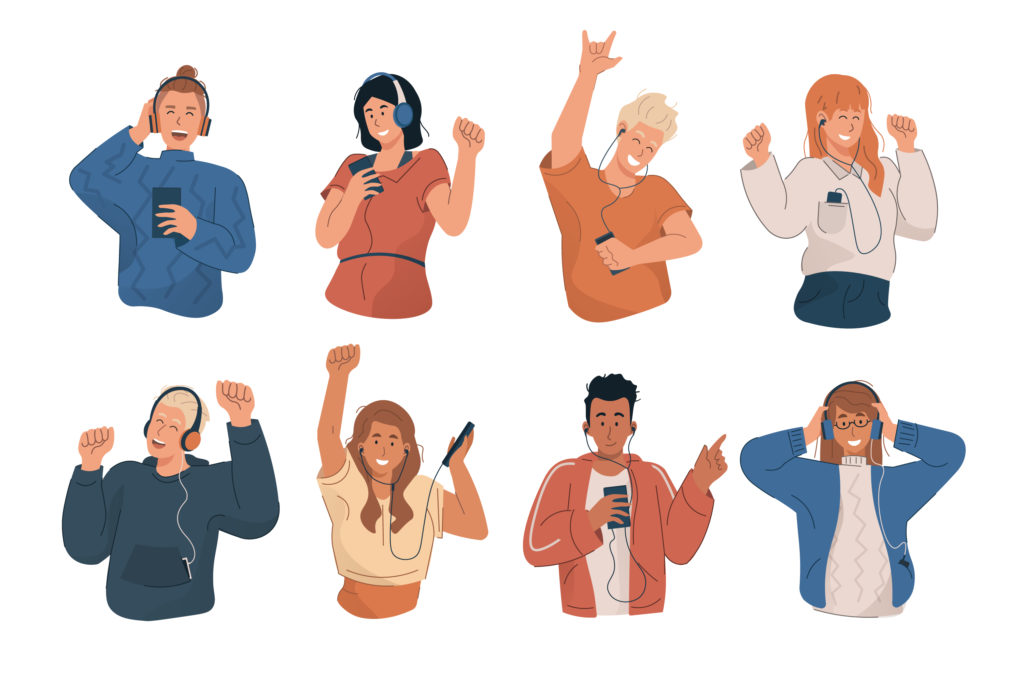 But in an industry where audio measurement has often been scattershot (think headphone usage), and the ratings have often failed to keep up with fast-changing consumer usage, this Nielsen announcement is a hopeful, positive one – something to look forward to.
But in an industry where audio measurement has often been scattershot (think headphone usage), and the ratings have often failed to keep up with fast-changing consumer usage, this Nielsen announcement is a hopeful, positive one – something to look forward to.
That was echoed in a quote by Dentsu Media CEO Doug Ray in the AdWeek story:
“Cross-media measurement is paramount to maximize reach across platforms with the right frequency. We are encouraged by Nielsen’s commitment to a single measurement solution and unified framework that will drive comparability across TV and digital video so that our clients can better allocate dollars and maximize ROI.”
Change his “TV” to “radio” and we’re talking about a product 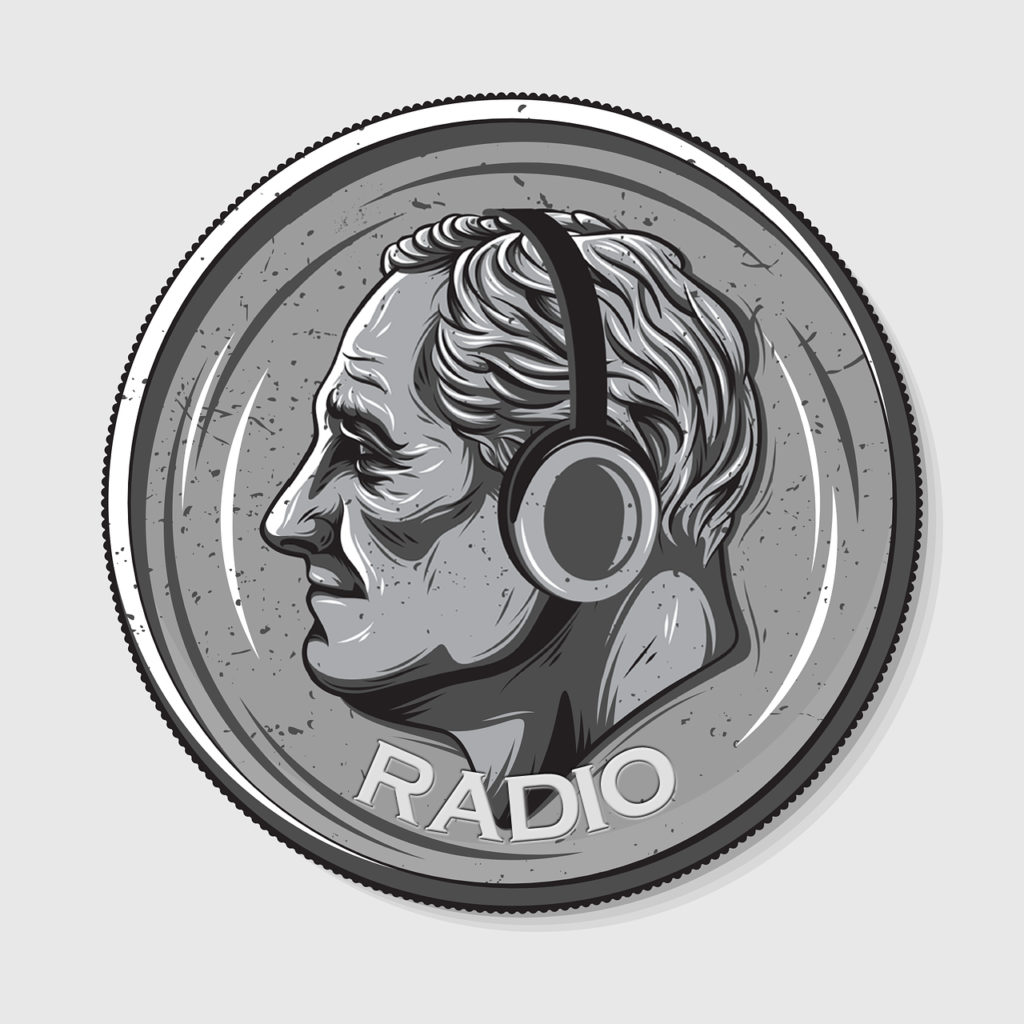 innovation that couldn’t be more important to the radio broadcaster community.
innovation that couldn’t be more important to the radio broadcaster community.
After all, many have invested – in some cases, heavily – in digital assets: apps, smart speaker skills, video, podcasts, and more.
Revenue-wise, most have relatively little to show for these efforts because of the lack of a singular measurement tool that captures cross-platform usage. The phrase “analog dollars, digital dimes” has taken root for a reason.
Nielsen One holds promise – a measurement tool that conceptually has a great deal of merit for radio broadcasters
Hopefully, we’ll all still be around to see it.
- A 2020 Lesson?It Could All Be Gone In A Flash - April 24, 2025
- How AI Can Give Radio Personalities More…PERSONALITY - April 23, 2025
- Can Radio Afford To Miss The Short Videos Boat? - April 22, 2025




Fred
Great piece as usual.
When it comes to finding consensus in the radio industry on initiatives such as this, I seriously wonder if that is actually possible. Agreement on how to incorporate radio into this mix would seem an incredible challenge.
Just thinking about how long it took for consensus on issues such as outliers makes me skeptical that it can happen.
I’ll be watching like you.
I hope I’m wrong.
Great read Fred and I certainly share Buzz’s concerns. I sat on the Nielsen webinar earlier this week. Interesting project for sure. Sadly, I can’t recall one time the word audio was even mentioned and certainly radio wasn’t discussed at all. Granted, Nielsen one is more a video measurement process….but I worry the topic of this blog even on their radar screens, sadly.
It’s regrettable, Dave. Thanks or chiming in.
You’re probably right. We’re more likely to get a COVID stimulus bill out of Congress.
If Nielsen wanted to expand this to radio, they would survey the major operators and ask if they would pay more for it. the answer would be mostly “no, and it would end there. I’m not sure that no isn’t the best answer for radio. Most of the digital assets that generate serious listening aren’t owned by radio companies, so this could well backfire on radio if it came to pass. But the associated costs would probably render it DOA anyway.
I concur: It’s very likely that Nielsen wouldn’t be able to get companies to pay for expanded or enhanced ratings here. I hate to say it, but it might be more likely to see major changes or improvements along these lines from Eastlan (perhaps in partnership with someone else).
When I read Fred’s line. “not to mention pricing…” my head went straight where Bob’s and Eric’s did. Having sat on the council for some time now, it’s true that the expense will be a challenge; hopefully not insurmountable.
Tim, it may indeed be. But as I responded to Eric, the trajectories of digital and broadcast revenue streams is undebatable. Thanks for engaging here.
Ultimately with digital revenue rising and broadcast revenue declining, operators will have no choice but to support a total measurement platform.
Yes, the costs would most likely be a stumbling block – especially in this economy. You are also correct there’s a certain “Be careful what you wish for” angle to this. Total measurement means everything is measured.
If this is the same PPM system used in the big 52 markets that encode 10 AUDIBLE tones over the audio, and all of these platforms are going to be pretty much an earsore.
To me, PPM encoded stations sound like someone trying to cut a big Chinese gong with a mitre saw, or someone scraping a metal pipe along concrete to the beat of whatever they’re playing. It makes people sound like they’re talking into a big tin cup. PPM is ANNOYING!
Please do NOT encourage this kind of wreckage for digital media, which has MUCH better ways of figuring out who is listening than trying to mask a bunch of screeching tones a few dB lower than the material. BAD IDEA!!!!!!